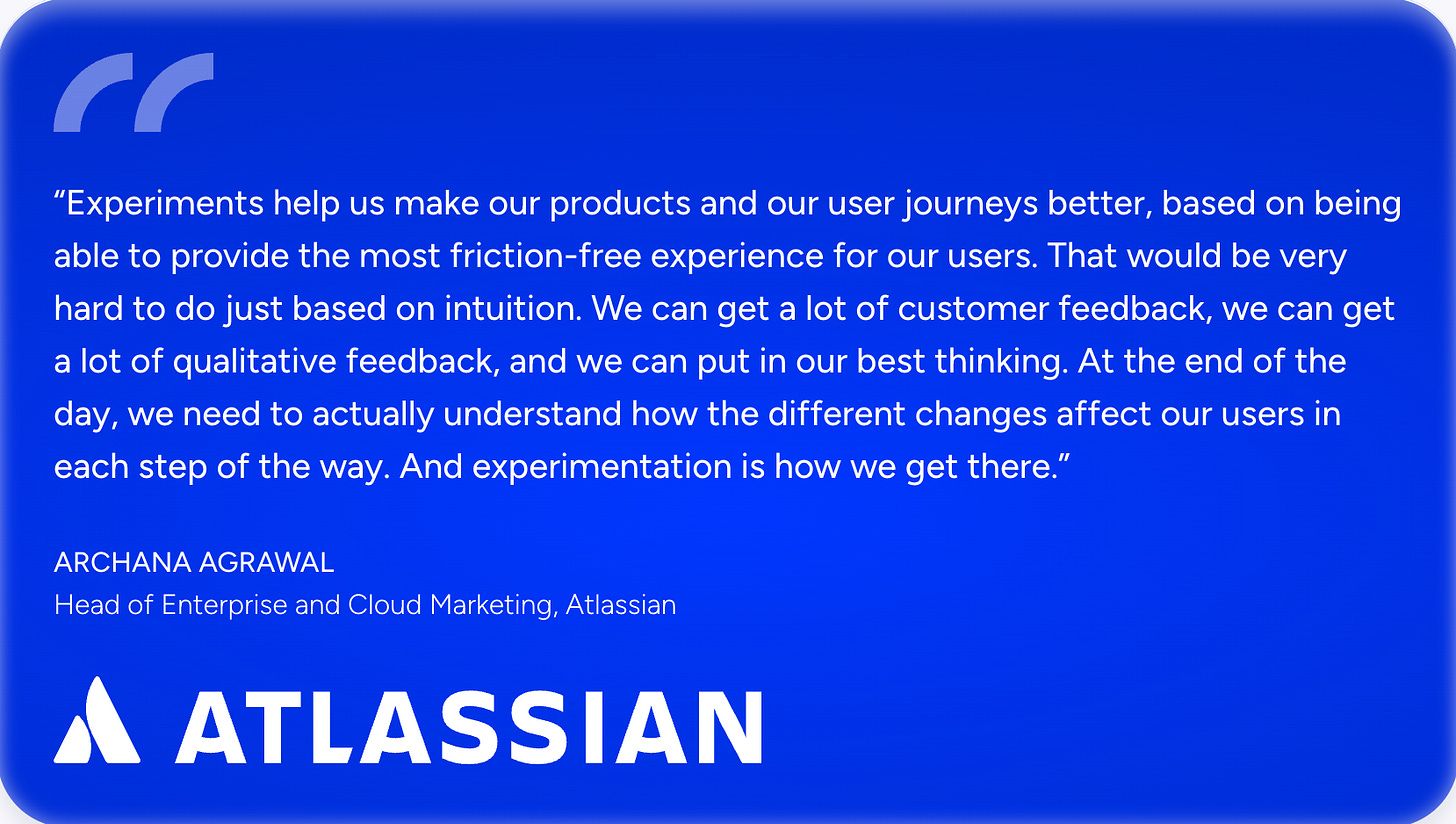PLG is not a waiting game
PLG is not about 'build it, and they will come.' It's about 'understand them, guide them, and they will stay.'
How’s it going, people? 🤟 We thought it would be worth taking a few minutes to talk about something that's been on our minds lately - the notion of product-led growth (PLG).
A good UI and an intuitive onboarding experience are essential - yes, but they are not the be-all and end-all of PLG.
Companies imagine this setup like a magnet, effortlessly attracting users and magically converting them into paying customers. Not really.
They're part of the equation, not the entire solution.
A successful PLG strategy is about understanding your users' journey – their needs, pain points, and what motivates them to hit that subscribe button.
It's about creating a user-centric product experience that doesn't just wait but leads the way.
So, let's correct this misunderstanding: PLG is not about 'build it, and they will come.' It's about 'understand them, guide them, and they will stay.'
It's a proactive process, a dynamic conversation between your product and its users.
How?
User Data Analytics
It all starts here.
User data analytics is the compass that directs your PLG strategy.
Insights into user data and activity… It is the only way you can maintain your product-led growth strategy. Why?
Because with these analytics you can reveal patterns and opportunities that can be used to streamline the user experience over time.
Let’s assume that the key action that should be completed in your product is “creating a post”, but you realize that more than 50% of users are firstly “creating a widget”.
Two question marks come up here;
Have you decided on your key action wrong?
Or aren’t you clearly displaying your value proposition during the onboarding that leads users to create a post first?
You start to think about your strategy and revise your pattern.
This is just a small part of the full picture.
With the PLG user data analytics tool, you can analyze many aspects, for example, what pages are visited by an “x” user with an “x” title, and you can see new opportunities to improve the showcase of your pages.
Experimentation
Experimentation is the linchpin of any successful PLG strategy. Why?
Because it allows you to test, validate, and refine your assumptions in a controlled manner.
Your product and growth strategy should always be evolving, and running regular experiments helps you ensure that you're moving in the right direction.
Along with user data analytics, incorporating experimentation into your strategy allows you to continually improve your product based on evidence and data, rather than assumptions.
Community
A vital part of PLG is creating a community around your product.
Think about it - people that have the same passion with different minds.
This creates an invaluable resource for you to understand what users and like-minded people are thinking, and directly apply to your product.
So…
PLG isn't a set-it-and-forget-it strategy; it’s a continuous loop of improvement.
You analyze data, personalize experiences, gather feedback, improve, and repeat.
The iterative improvement allows you to continuously refine your product and ensure you’re always delivering value to your users.






